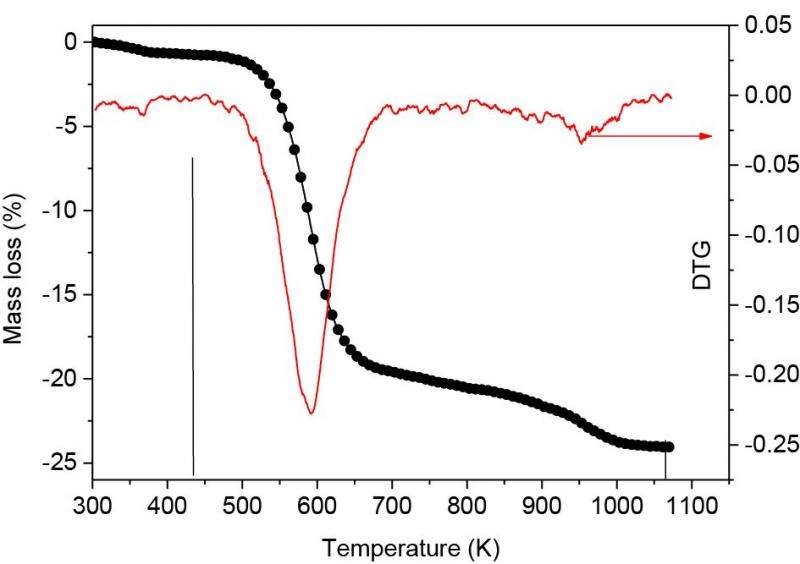Scrutinising the tip of molecular probes

Studies of molecules confined to nano- or micropores are of considerable interest to physicists. That's because they can manipulate or stabilise molecules in unstable states or obtain new materials with special properties. In a new study published in EPJ Plus , Stefan Frunza from the National Institute of Materials Physics in Romania and colleagues have discovered the properties of the surface layer in probe molecules on the surface of oxide particles. These properties depend on the interaction at the interface. In this particular study, probes are formed by adsorption of rod-like cyanophenyl derivates on the surface of oxide particles. The authors found that their surface layers behave like glass-forming liquids.
What physicists already knew is that confinement of molecules may induce disorder. Confinement and disorder have a considerable influence both on the structure of the trapped molecule but also on its mobility. As a result, they also affect aspects such as molecular dynamics upon relaxation of the material. Such structurally well-defined monolayers on solid surfaces will allow researchers to model a large variety of interfacial phenomena.
The authors used data from infrared spectroscopy and thermogravimetry to identify the strength of the interaction between the probe and the oxide surface, which also helped them determine the type of bonding to the surface. They established two key parameters: firstly, the density of the adsorbed surface species used to characterise the interaction of the probe molecule with the surface. This parameter depends on the nature of the oxide nanoparticles and on the existence of nanopores. The second parameter expresses the ratio of the molecules contained in the surface layer having a glassy dynamic behaviour to the total number of the adsorbed molecules.
The study shows that the value of the surface density can be used to divide the composites into several groups. This helps to determine that the probe molecules applied to the surface of a given group can display similar interactions, as observed in surfaces of the same family.
More information: Stefan Frunza et al. Rod-like cyanophenyl probe molecules nanoconfined to oxide particles: Density of adsorbed surface species, The European Physical Journal Plus (2016). DOI: 10.1140/epjp/i2016-16027-5
Provided by SciencePOD



















